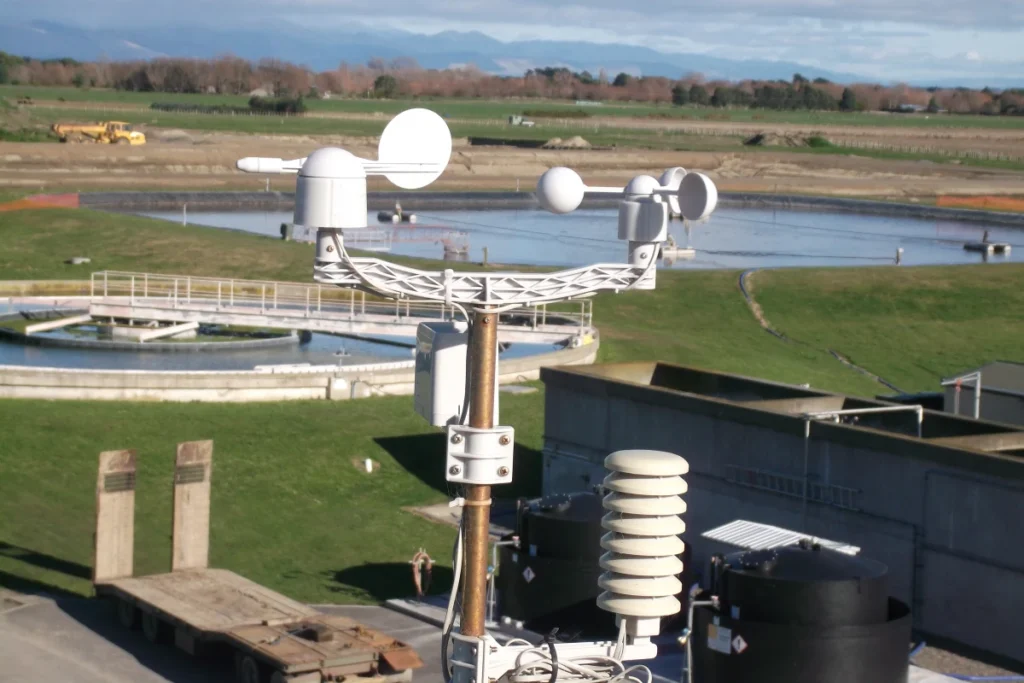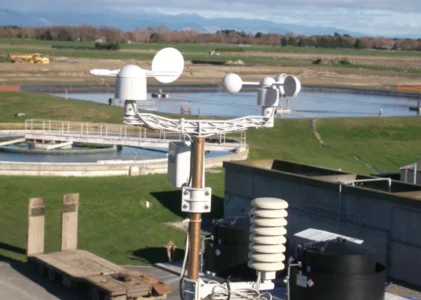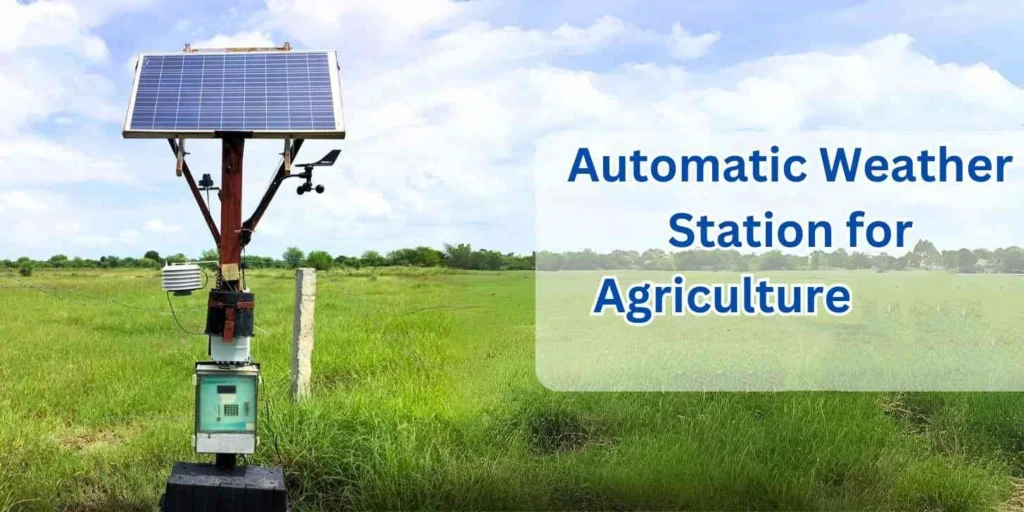
# Definition of Anemometer in Meteorology
An anemometer is a crucial instrument used in meteorology to measure wind speed and, in some cases, wind direction. It plays a vital role in weather forecasting, aviation, and environmental monitoring. Understanding how an anemometer works and its significance can provide valuable insights into atmospheric conditions.
## What is an Anemometer?
An anemometer is a device designed to measure the speed of wind. The term “anemometer” is derived from the Greek word “anemos,” meaning wind, and “metron,” meaning measure. There are several types of anemometers, each with its unique mechanism for capturing wind data.
### Types of Anemometers
1. **Cup Anemometer**: This is the most common type, consisting of three or four cups mounted on horizontal arms. As the wind blows, the cups rotate, and the speed of rotation is proportional to the wind speed.
2. **Vane Anemometer**: Also known as a windmill anemometer, this type uses a propeller or a set of blades that rotate when exposed to wind. The rotation speed is measured to determine wind speed.
3. **Hot-Wire Anemometer**: This type uses a heated wire that cools down when exposed to wind. The rate of cooling is used to calculate wind speed.
4. **Ultrasonic Anemometer**: This advanced type uses ultrasonic sound waves to measure wind speed and direction. It is highly accurate and is often used in research and high-precision applications.
## Importance of Anemometers in Meteorology
Anemometers are indispensable tools in meteorology for several reasons:
– **Weather Forecasting**: Accurate wind speed measurements are essential for predicting weather patterns and issuing warnings for severe weather conditions like hurricanes and tornadoes.
– **Aviation**: Pilots rely on wind speed data to ensure safe takeoffs, landings, and in-flight navigation.
– **Environmental Monitoring**: Anemometers help in assessing air quality, dispersion of pollutants, and the impact of wind on ecosystems.
– **Renewable Energy**: Wind turbines require precise wind speed measurements to optimize energy production and ensure the safety of the equipment.
## How Anemometers Work
The working principle of an anemometer depends on its type. For instance, a cup anemometer measures wind speed by counting the number of rotations of the cups over a set period. This data is then converted into wind speed using a calibration formula. Similarly, a hot-wire anemometer measures the cooling effect of the wind on a heated wire to determine wind speed.
### Calibration and Accuracy
Calibration is a critical aspect of anemometer usage. Regular calibration ensures that the device provides accurate and reliable measurements. Factors such as temperature, humidity, and mechanical wear can affect the accuracy of an anemometer, making periodic calibration essential.
## Conclusion
In summary, an anemometer is a vital instrument in meteorology, providing essential data on wind speed and direction. Its applications range from weather forecasting to environmental monitoring and renewable energy. Understanding the different types of anemometers and their working principles can help in selecting the right instrument for specific needs, ensuring accurate and reliable wind measurements.
Keyword: define anemometer



